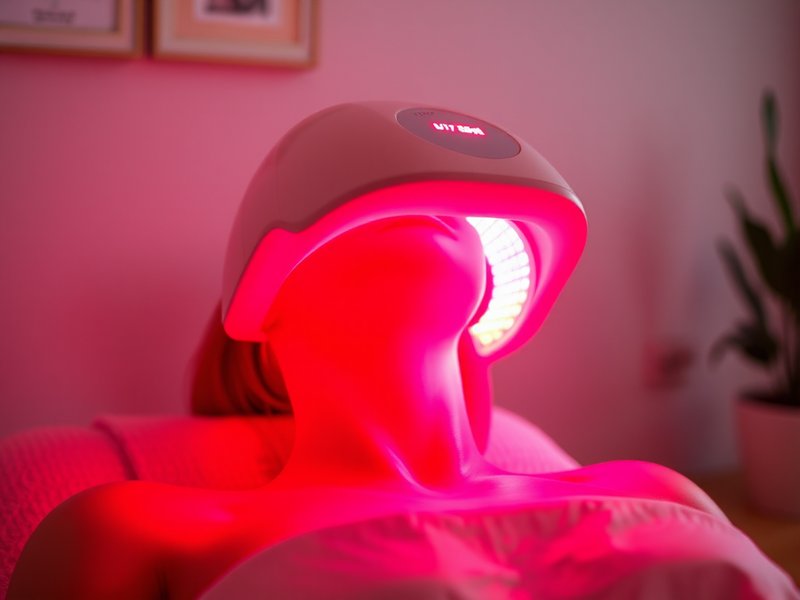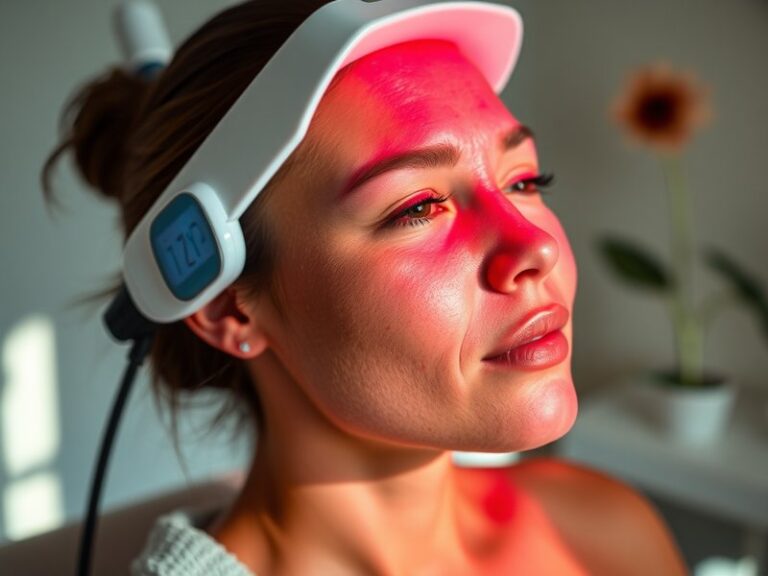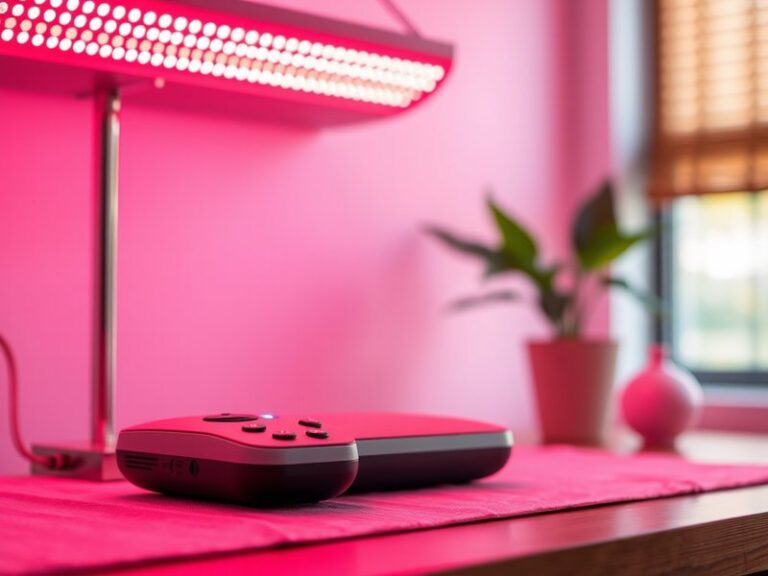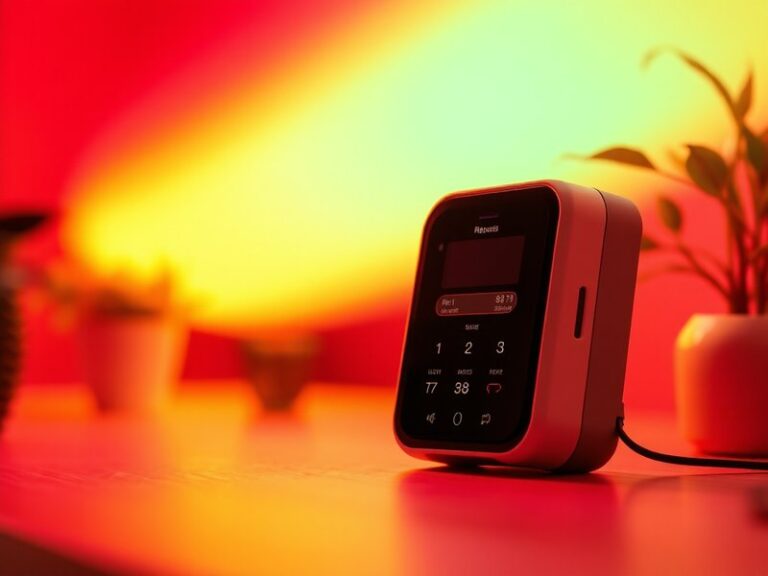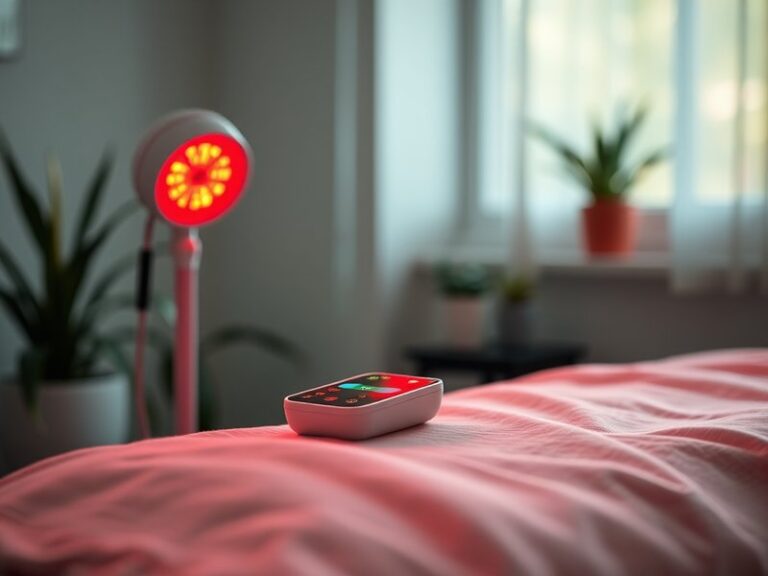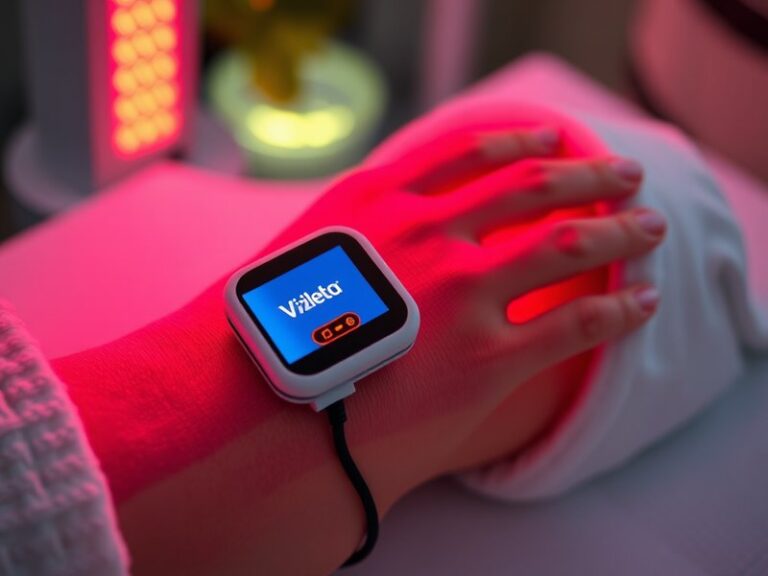Does Red Light Therapy Have Uvb Rays?
Does Red Light Therapy Have UVB Rays?
Can red light therapy effectively rejuvenate skin and promote healing without the harmful effects of UV rays?
This article will explore the relationship between red light therapy and UVB rays, examining the nature of red light therapy, its benefits, considerations for use, and alternatives. By the end, you’ll have a clearer understanding of whether red light therapy emits UVB rays and how to safely benefit from this treatment.
Get all the facts in Benefits of Red Light Therapy
Key Takeaways
- Red light therapy utilizes specific wavelengths of light that do not include UVB rays, focusing instead on promoting healing and reducing inflammation.
- The technology is beneficial for skin health, pain relief, and enhancing overall wellness.
- Alternative light therapies exist for various applications, but red light therapy is uniquely effective without the risks associated with UV exposure.
What is Red Light Therapy?
Red light therapy (RLT) is a therapeutic technique that uses specific wavelengths of light, primarily in the red and near-infrared spectrum. This non-invasive treatment penetrates the skin to stimulate cellular activity.
The core premise is that the low-level wavelengths of red light can enhance mitochondrial function in cells, thereby increasing ATP (adenosine triphosphate) production, which is crucial for energy transfer within the body. RLT can be administered via devices like LED lamps, handheld devices, or larger panels designed for full-body treatment.
How Does Red Light Therapy Work?
The mechanism behind RLT involves the absorption of light by the skin’s tissues, which triggers biochemical processes that promote healing and regeneration. This light energy is thought to interact with chromophores in cells, improving circulation and reducing inflammation.
What are the Benefits of Red Light Therapy?
The following points explore the advantages of red light therapy in various health aspects.
Enhanced Skin Health
One of the most notable benefits of RLT is its ability to improve skin conditions. Studies have shown that RLT can reduce acne, diminish wrinkles, and promote collagen production, resulting in firmer, more youthful skin.
Pain Relief and Muscle Recovery
Athletes and those recovering from injuries often utilize RLT for its pain-relieving properties. Research indicates that RLT can alleviate pain, enhance recovery post-exercise, and reduce inflammation in muscular tissues.
Uncover the facts in Daily Red Light Therapy?
Improved Mood and Cognitive Function
Emerging evidence suggests that red light therapy may have positive effects on mood enhancement and cognitive function. Exposure to these wavelengths may help alleviate symptoms of depression and anxiety.
Supports Hair Growth
RLT has shown promise in supporting hair growth, particularly in cases of androgenetic alopecia (male or female pattern baldness). It stimulates hair follicles, promoting thicker and healthier hair.
Is it Possible to Use Red Light Therapy for UVB Ray Treatment?
Red light therapy does not utilize UVB rays. UVB rays are a part of the ultraviolet light spectrum that can cause skin damage and increase the risk of skin cancer. RLT focuses solely on red and near-infrared light, ensuring safe treatment without the harmful effects associated with UV rays.
What are the Advantages of Red Light Therapy?
- Safety: Unlike ultraviolet therapies, RLT does not carry the risk of skin damage associated with UV radiation.
- Non-invasive: Treatments can be performed without needles or surgery, making it a convenient option for many individuals.
- Versatility: RLT can be used for various conditions, including skin health, muscle recovery, and mood improvement.
What are the Disadvantages of Red Light Therapy?
- Time Commitment: Regular sessions are often required for optimal results, which may be inconvenient for some users.
- Variable Results: Individual responses to therapy can differ, and not everyone may experience significant benefits.
- Cost of Equipment: Professional treatments can be costly, and purchasing home devices can represent a significant initial investment.
What are the Things to Consider Before Starting Red Light Therapy?
Before embarking on a red light therapy regimen, there are several factors to contemplate.
Skin Sensitivity
Individuals with sensitive skin should consult a healthcare professional before starting RLT, as reactions can vary.
Underlying Health Conditions
Consulting with a healthcare provider is advisable if you have pre-existing health conditions, particularly those involving the skin or eyes.
Access to Equipment
Consider your access to RLT devices. Professional treatments can be more effective but are also more expensive. If opting for at-home devices, ensure they are of high quality and appropriately calibrated.
What are the Alternatives to Red Light Therapy?
If you’re exploring options beyond RLT, several alternatives may suit your needs.
Photodynamic Therapy
Photodynamic therapy combines light with photosensitizing agents to treat acne and skin lesions. The light used can be stronger than RLT but carries a higher risk of side effects.
Laser Treatments
Laser therapies are highly targeted treatments that can address various skin issues. While effective, they often involve higher costs and longer recovery times compared to RLT.
Chemical Peels
For those seeking to rejuvenate their skin, chemical peels can serve as an alternative. They work by removing the outer layer of skin, often leading to significant improvements but with some risks of irritation.
Conclusion: Is it Recommended to Use Red Light Therapy?
Based on the information presented, red light therapy is advisable for individuals seeking a safe and effective treatment for various concerns, including skin health and pain relief. With no UVB rays involved, it is a lower-risk option compared to other light therapies or ultraviolet treatments.
Frequently Asked Questions
Does red light therapy help with skin conditions?
Yes, red light therapy can improve skin conditions such as acne, rosacea, and signs of aging by promoting collagen production and enhancing skin rejuvenation.
Can red light therapy be used at home?
Absolutely. Many devices are available for home use, though it’s important to select a reputable product for safety and efficacy.
How often should I undergo red light therapy?
Frequency can vary based on the treatment goals. Generally, sessions can range from 2-5 times a week, depending on the individual’s needs and the specific device used.
Are there any side effects associated with red light therapy?
Side effects are rare, but some individuals may experience mild redness or irritation following treatment. These typically resolve quickly.
Is red light therapy suitable for all skin types?
Red light therapy is generally safe for all skin types. However, individuals with certain skin conditions should consult a healthcare provider before starting treatment.
